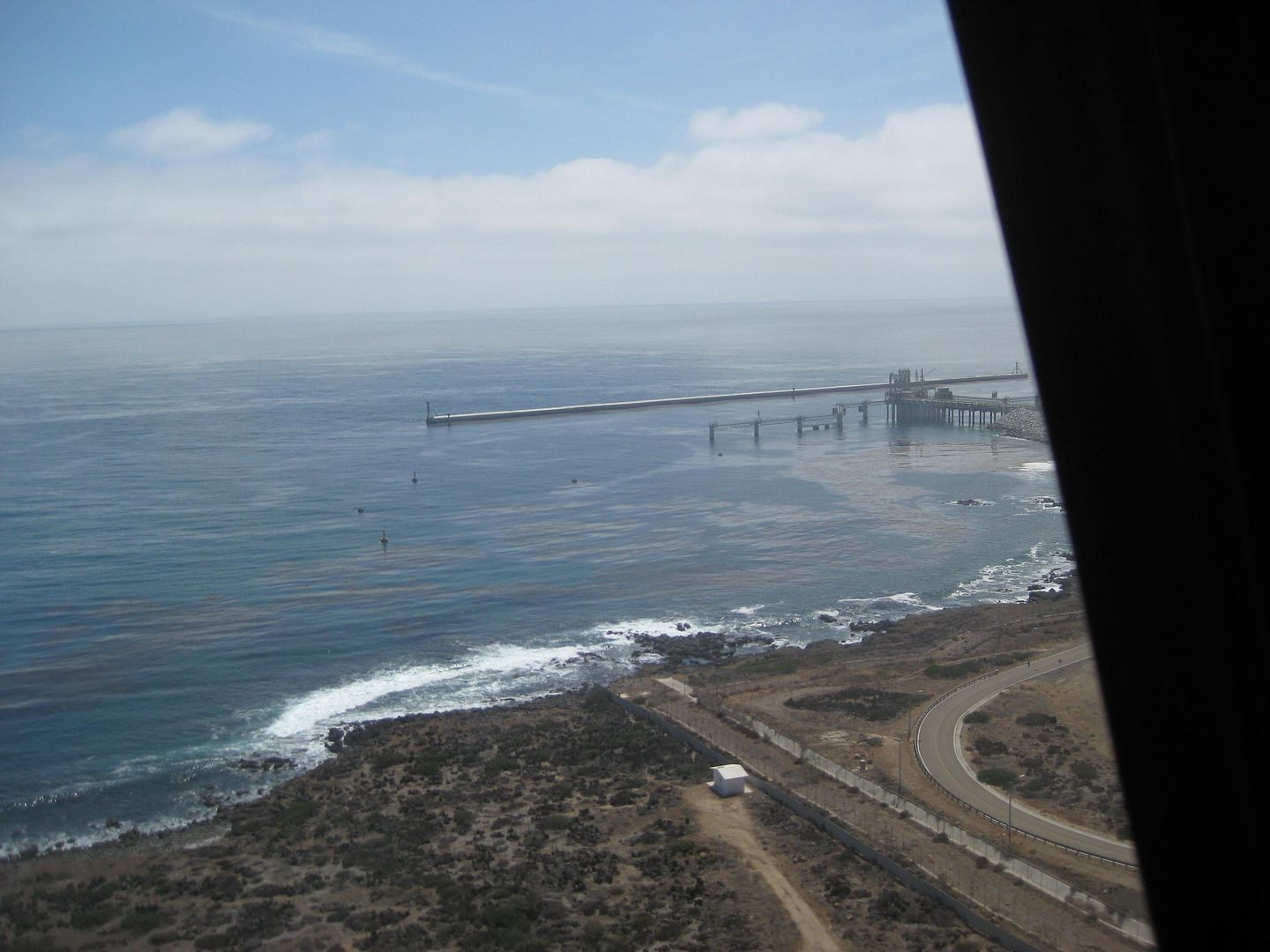Quote: Originally posted by Bajahowodd  | This is somewhat similar to the current battle nob about the keystone pipeline. It involves foreign fuel sources that will travel to another country.
In the case of the Sempra project, the bulk of what they offload will find its way out of Mexico. In the case of the Keystone project, we are looking
at a Canadian project that contains horribly toxic crude. They don't want to run that through there country, but opted to create this pipeline that
will send this toxic stuff to the Texas gulf coast, where it will be refined, with great environmental damage to the area, and then ship it out to
China and alike. None of this has ever been destined for American consumers, but we are supposed to handle the potential damage of a pipeline breach
and deal with the pollutants release in the refining process, just so it can be shipped overseas.
The Canadians are taking us for fools. |
The rest of the story...
The Keystone Pipeline would bring the bounty discovered under North Dakota that can make America energy independent. Currently, all that North Dakota
black gold is transported by train cars... the MOST dangerous and costliest way to move petroleum to the refineries in the south. The owner of that
railroad has heavily financed the Obama reelection and democrats to keep his sweet deal while endangering any one along his rail lines to Louisiana
and Texas. There is no sound reason to not use a pipe instead of a train to get the energy we use to create jobs and prosperity.
|











